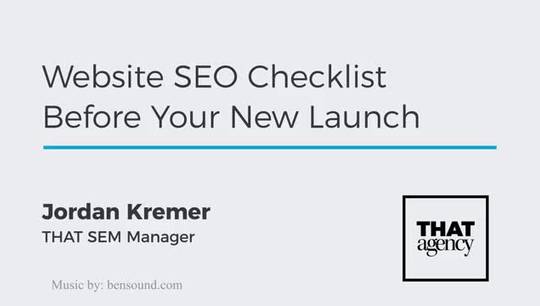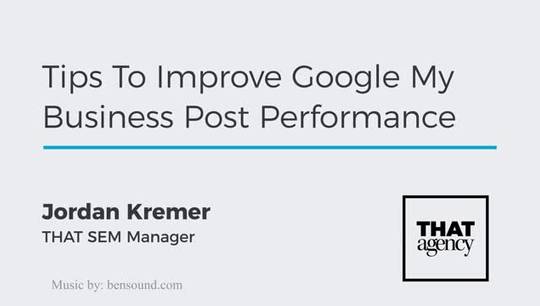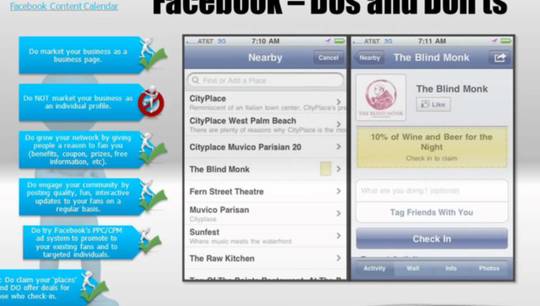3 Questions To Help Determine If a Piece of Web Content Is Bloat
More and more content tends to be the trend for content marketing, but an evaluation of that content and its place on the site can be overlooked. Of course, there are always more avenues to explore with content, but if you are hitting a wall creatively, it may be time to reevaluate older posts.
Must read: Auditing Old Content and Blog Posts http://bit.ly/2SzDSgS
The continuation of content creation has many positive aspects, but without reevaluation of those content pieces, the biggest errors to be aware of are:
• Duplicate content
• Index bloating
• Division of link power, and potentially a
• Convoluted user experience
To get started on a content audit, be sure to download the pages of your site into an Excel file via your XML sitemap or Screaming Frog for an easier management of those URLs. Once downloaded, here are three questions to help determine if a piece of content is bloat on your site:
1. Is the content on a particular page serving a strategic purpose or does it provide value to customers?
An example we see is the republishing of press releases multiple times on your site or keeping outdated blog posts. We would recommend either repurposing the content, redirecting the content to another page, or letting the page simply fall out of the index as it doesn’t provide any value.
2. Is the content performing or does it need some attention?
Some main metrics to check here are the:
• Ranking keywords
• Links back to the content
• Landing page traffic, and
• Onsite stats like bounce rate
If the content is still relevant and not duplicated elsewhere, then the page may just need some more attention in SEO efforts. Build more links back to it and be sure to take a look at the ranking pages for those target keywords to get some ideas on how to better reevaluate those pages.
3. Can the content be consolidated?
Duplicate or overlapping content is looked at as bloat and may be also dividing your backlinking power. After downloading your site map, sort the content by topic and see what opportunities you have to combine pages.
The last bit of advice before getting started is to make sure your website has a keyword map and potentially some content clusters in order to organize and make sense of that content on your site and its place in the user journey.
Check out: What Is Keyword Mapping and Why Is It Important? http://bit.ly/2SxV3zq
We hope these tips were beneficial to you and your SEO or content management team. For more information on SEO and digital marketing, follow us on our social channels (see below for links) or visit http://bit.ly/2Sw2cQO
Facebook - https://www.facebook.com/thatagency/
Instagram - https://www.instagram.com/thatagency/
Twitter - https://twitter.com/THAT_Agency
LinkedIn - https://www.linkedin.com/company/that





